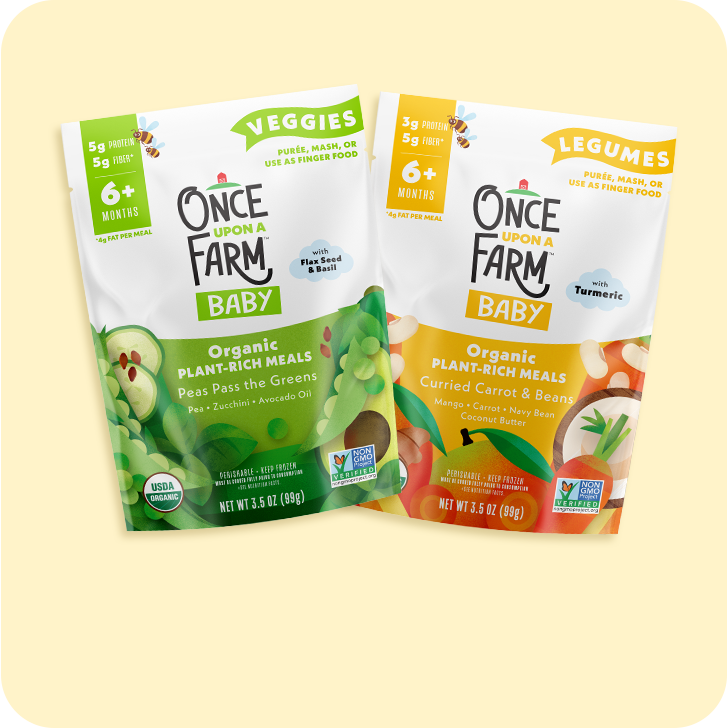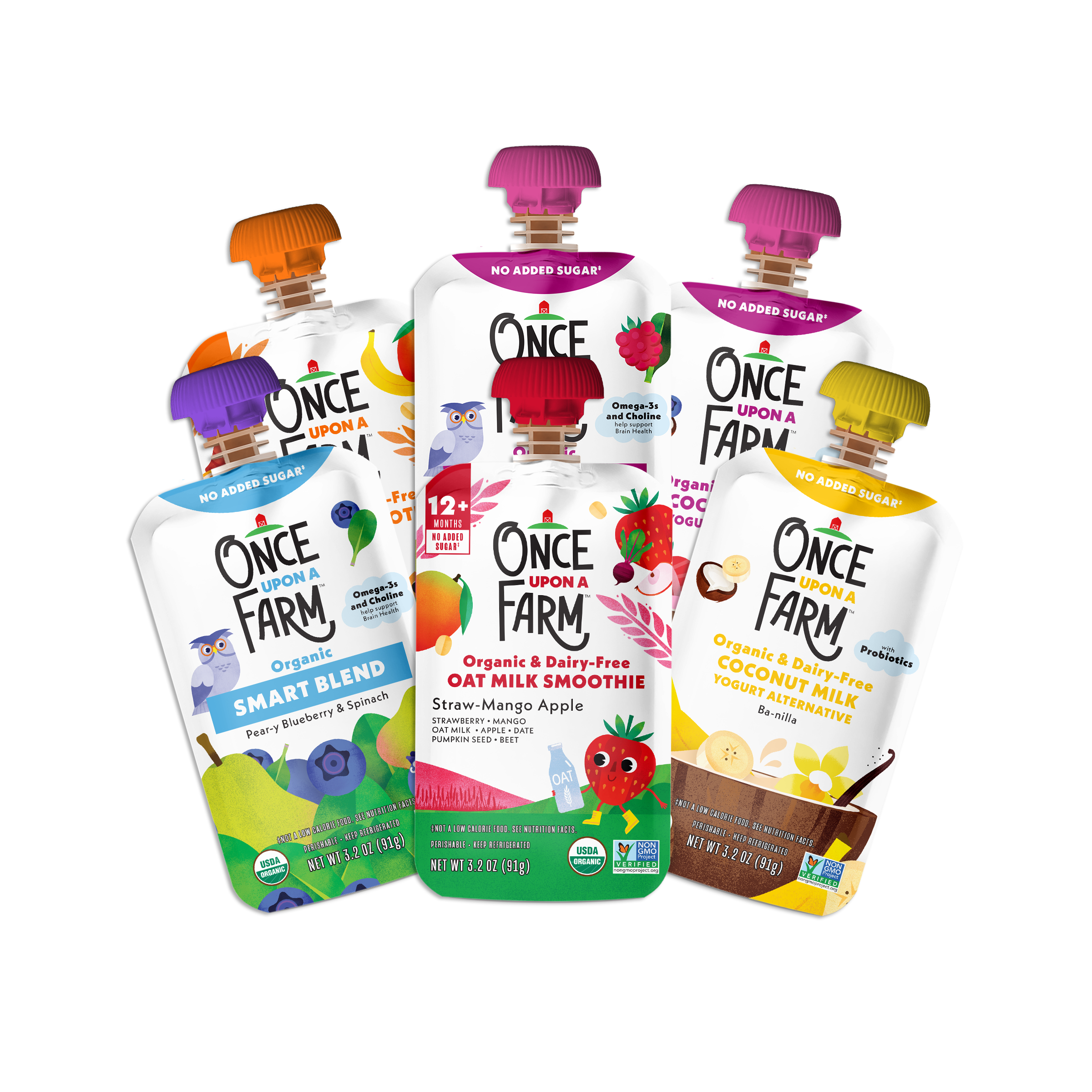Note: This blog is not medical advice and is for informational purposes only. For any specific nutrition recommendations, please refer to your child’s healthcare provider. Always supervise your child while they eat. Learn more about choking hazards here.
Starting your baby on solids is a major milestone and the beginning of an exciting food journey. While many parents focus on introducing different types of foods (as one should), the introduction of different food textures is also an incredibly important part of this journey.
Why Introducing a Variety of Food Textures Is Important
“Introducing a variety of textures allows babies to enhance their oral motor development,” explains Registered Dietitian Nicole Lattanzio, RD, CSP, IBCLC. This actually allows babies to eat a wider variety of foods over time.
How Exposure to Different Food Textures Impacts Development
“Eating different textures allows babies to build strength and stamina with eating.” Lattanzio says. “Between maneuvering foods in the mouth, sitting in their highchair, self-feeding—there are many steps involved which require coordination and effort.” Think about how different it is to chew a piece of toast versus a slice of avocado. While it’s natural for us, babies have to put in some work to learn how to use those jaw muscles effectively.
Signs Your Baby Is Ready to Explore More Complex Food Textures
While many babies start with purées, they are not meant to only eat purées for the long term. “Many families will simply progress the texture on their own after a few meals,” shares Lattanzio. In terms of signs to look out for that your kiddo is ready to move on, the baby may seem bored with the same texture, they may express interest in what others around them are eating, or seem unsatisfied after a meal.
How to Move From One Food Texture to the Next
There are so many different food textures and not one way to move from one to the next. “There’s no need to follow a rigid step-by-step,” says Lattanzio, “but rather use foods you have available and take steps as you feel are appropriate for your little one.” That said, you’ll always want to follow food safety recommendations and avoid choking hazards.
Texture Types + Example Foods
Lattanzio shares examples of appropriate texture introductions for babies. “As your older baby is showing signs of being a skilled chewer and self-feeder, options increase tremendously in terms of size of food and softness level,” she adds.
- Thin, watery purée (e.g. Thin, smooth applesauce)
- Thicker yet smooth purée (e.g. Greek yogurt)
- Blend with bumps (e.g. Pumpkin purée with hemp hearts mixed in)
- Mashes (e.g. Ripe strawberries that have been fork-mashed)
- Soft finger foods (e.g. Avocado spears)
- Small soft bites (e.g. Quartered blueberries)
- Firmer finger foods (e.g. Flatbread or pita bread with a spread)
While venturing beyond the comfort of the thin, smooth purée can be intimidating to some families, introducing different food textures is an important—and exciting—part of your little one’s food journey.





















